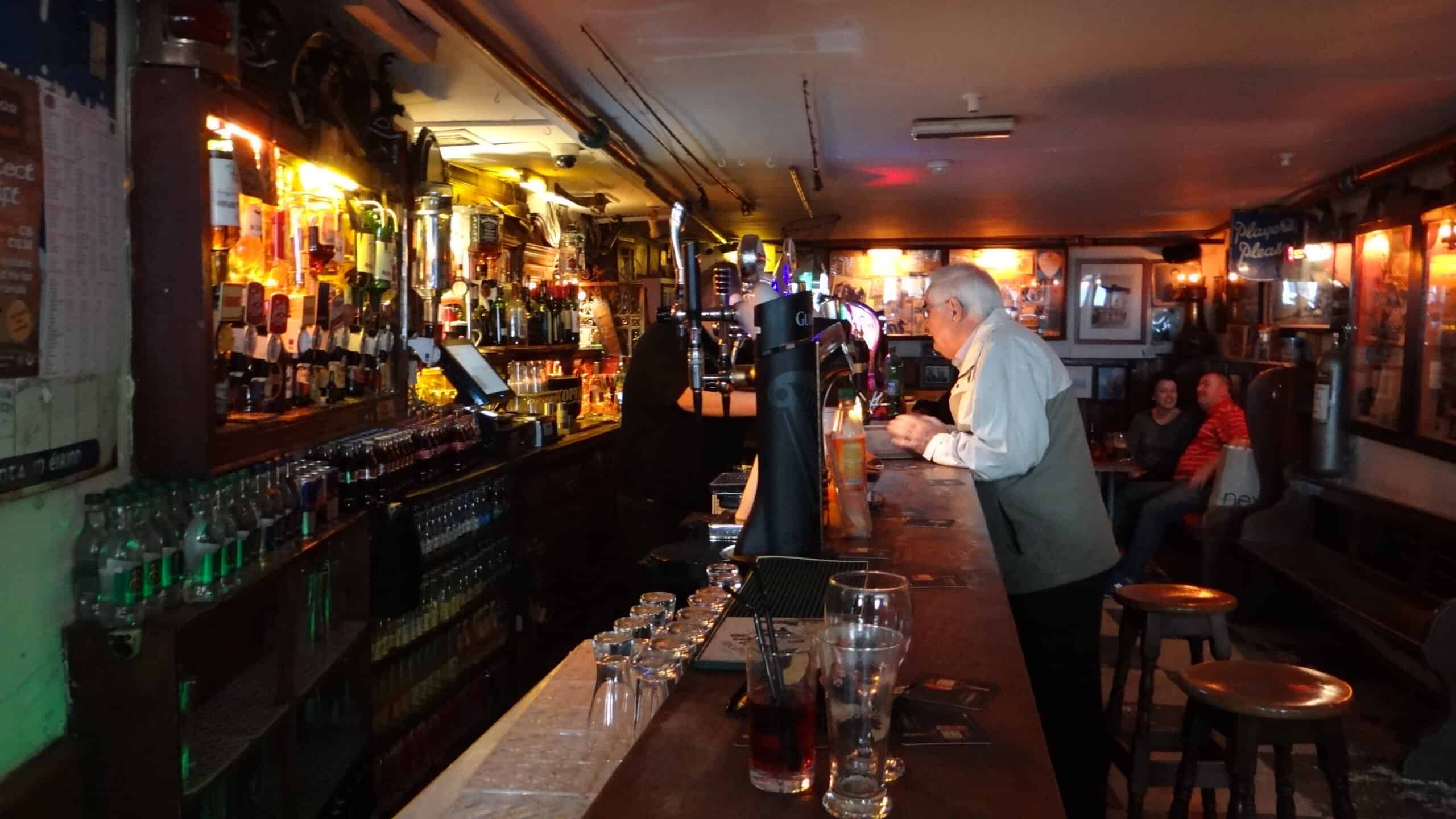Why do some companies fail while others succeed? The answers to this question are varied, with some blaming circumstances and others blaming poor management.
The oldest companies in history have survived wars, plagues, and even atomic bombs, but what makes them different?
In this article, we’ll explore the fascinating stories behind these enduring enterprises and examine some of the factors that have contributed to their continued existence.
Kongō Gumi Co., Ltd. (578 A.D.)
In 578 A.D., Prince Shotoku of Japan set out to build the country’s first Buddhist temple. Although Buddhism was spreading rapidly, Japan lacked builders with experience in building a Buddhist temple. So, the prince enlisted Korean carpenter Shigemitsu Kongō to undertake the task.
After 1,400 years, the Korean carpenter’s company still endures, making it the oldest company in history. One of the main reasons that it has survived so long is that it was a family business that was passed down through the sons-in-law, who adopted the family name. This strategy ensured the preservation of the company name and continuity of leadership, even if the Kongō family had only daughters.
Although the company has continued to focus on building Buddhist temples over the years, the leaders also adapted to the changing needs of the present, allowing for a level of flexibility that ensured the company’s survival. For example, the company temporarily made coffins during the 1940s, when World War II created a pressing need for it.
While this company has survived catastrophic events such as the bubonic plague, atomic bombings, massive earthquakes, and tsunamis, it encountered financial challenges in the early 2000s. After accumulating significant debt, it eventually became a subsidiary of Takamatsu Construction Group.
Nonetheless, the company lives on in a new form, continuing to practice their family’s ancient techniques.
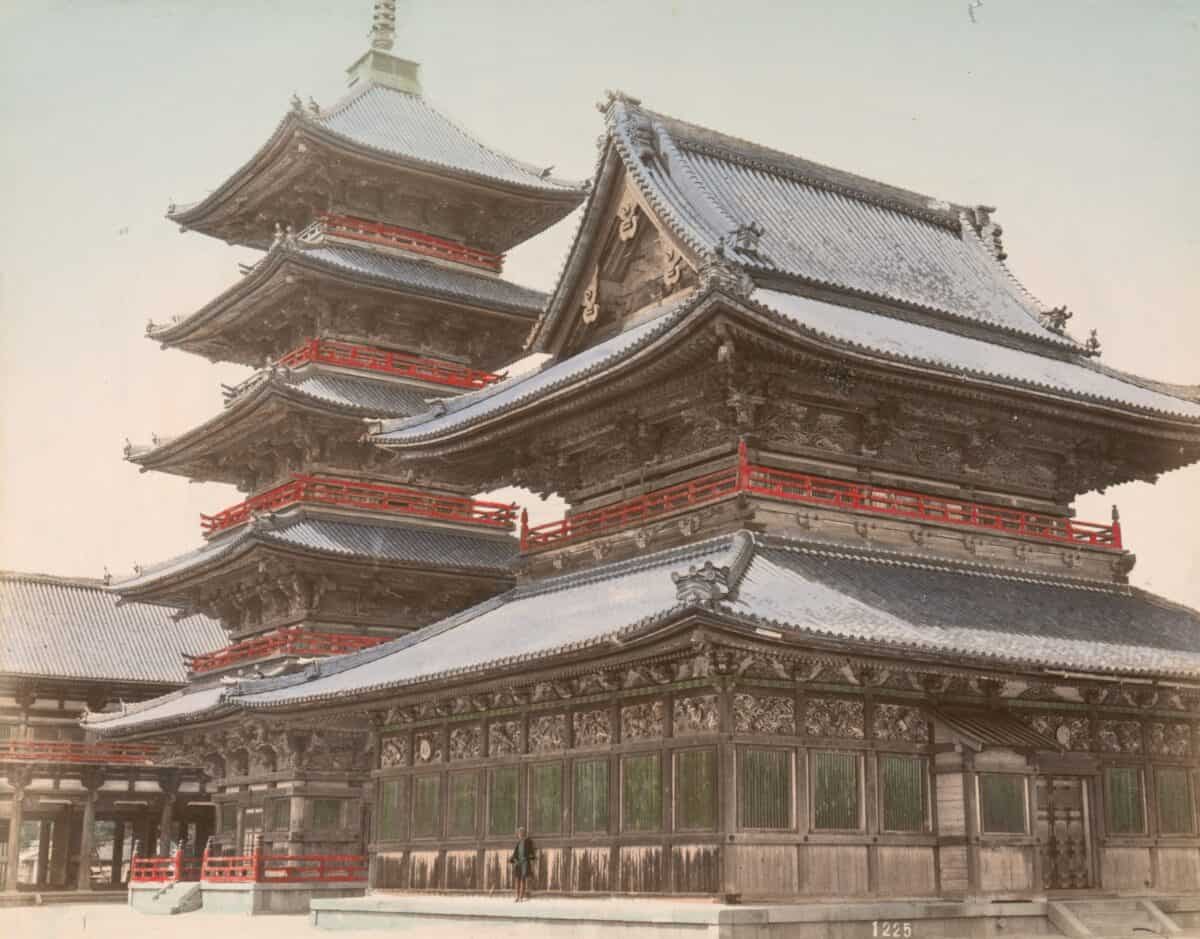
Nishiyama Onsen Keiunkan (705 A.D.)
Founded in 705 A.D. by Fujiwara Mahito, Nishiyama Onsen Keiunkan is a hot spring spa located in a remote region in central Japan. If you travel to this “onsen,” which translates to “hot spring spa,” you can partake in a traditional relaxing experience once enjoyed by ancient samurai.
Fujiwara Mahito began his business by inviting esteemed military commanders to his small guest house, where they could experience the healing benefits of the natural hot springs. The onsen grew in popularity, even attracting past emperors.
The small guest house became a lodge offering 37 guest rooms, including suites with moon-viewing platforms. Since its addition to the Guinness Book of World Records, the onsen has drawn more international travelers and rooms start at 57,000 JP¥ which is equivalent to about $400.
The onsen operated continuously as a family business until 2017 when there was a lack of family members available to carry on. At that time, the family asked Kenjiro Kawano to take over. Notably, Kawano began working at the onsen when he was only 25 years old. Before accepting the management position, he had various roles including handyman and IT specialist.
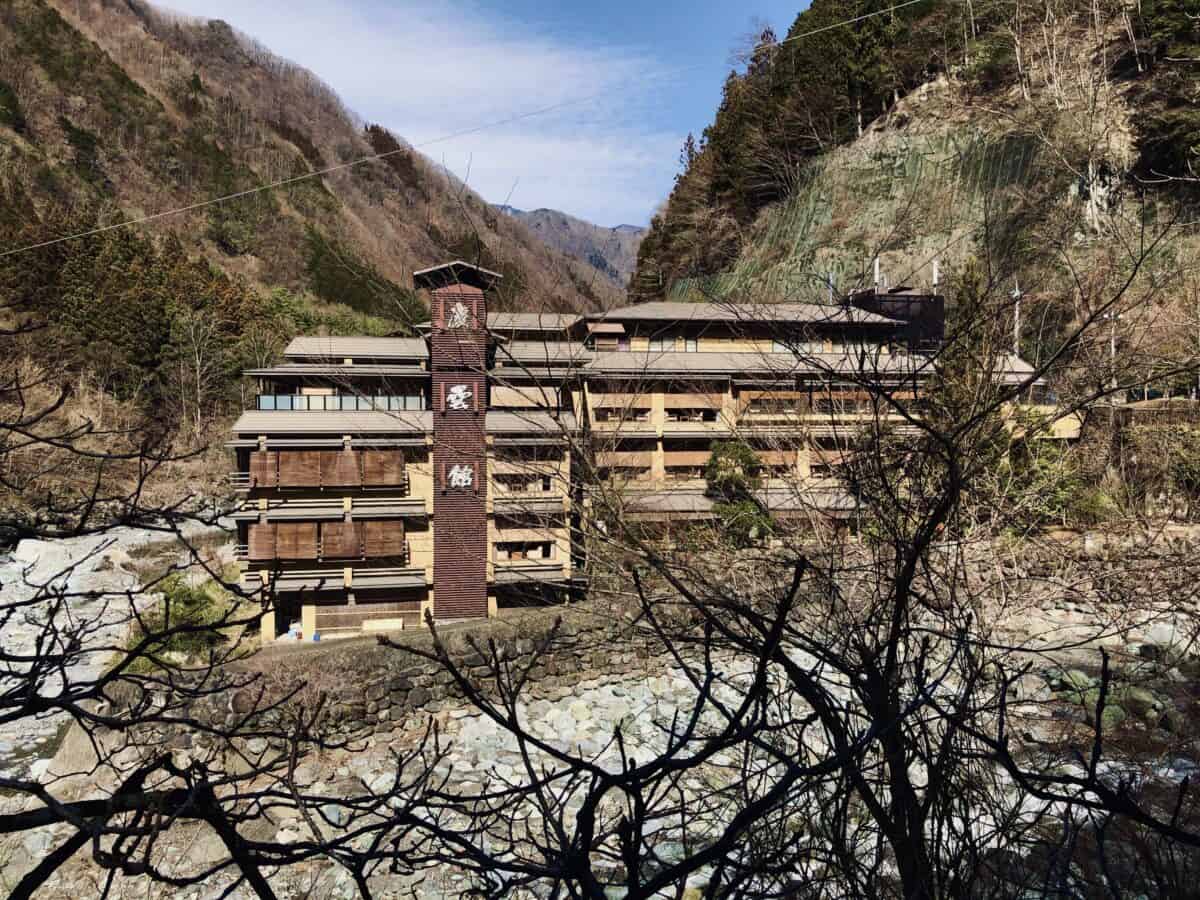
Stiftskulinarium St. Peter (803 A.D.)
The Stiftskulinarium St. Peter restaurant in Salzburg, Austria dates back to 803 A.D. when it was praised by a poem — kind of like an olden-day Google review! The poem highlights how amazing its beer was, and while the restaurant’s menu has evolved since then, it now has more than 2,000 Google reviews, with the vast majority giving it a perfect 5-star rating.
Some popular dishes include the wiener schnitzel, homemade taglioni, and apple strudel. Based on folklore, Wolfgang Amadeus Mozart was served at the restaurant, which is possible as the restaurant was popular even during his era.
Since then, the restaurant has expanded and undergone some renovations, but it retains its old-world charm, with numerous chandeliers, herringbone wood flooring, and vaulted ceilings adorned with Rococo-style plaster work.
If you would like to visit, reviewers recommend dining in the arcade courtyard which is candle lit and heated during the colder months.
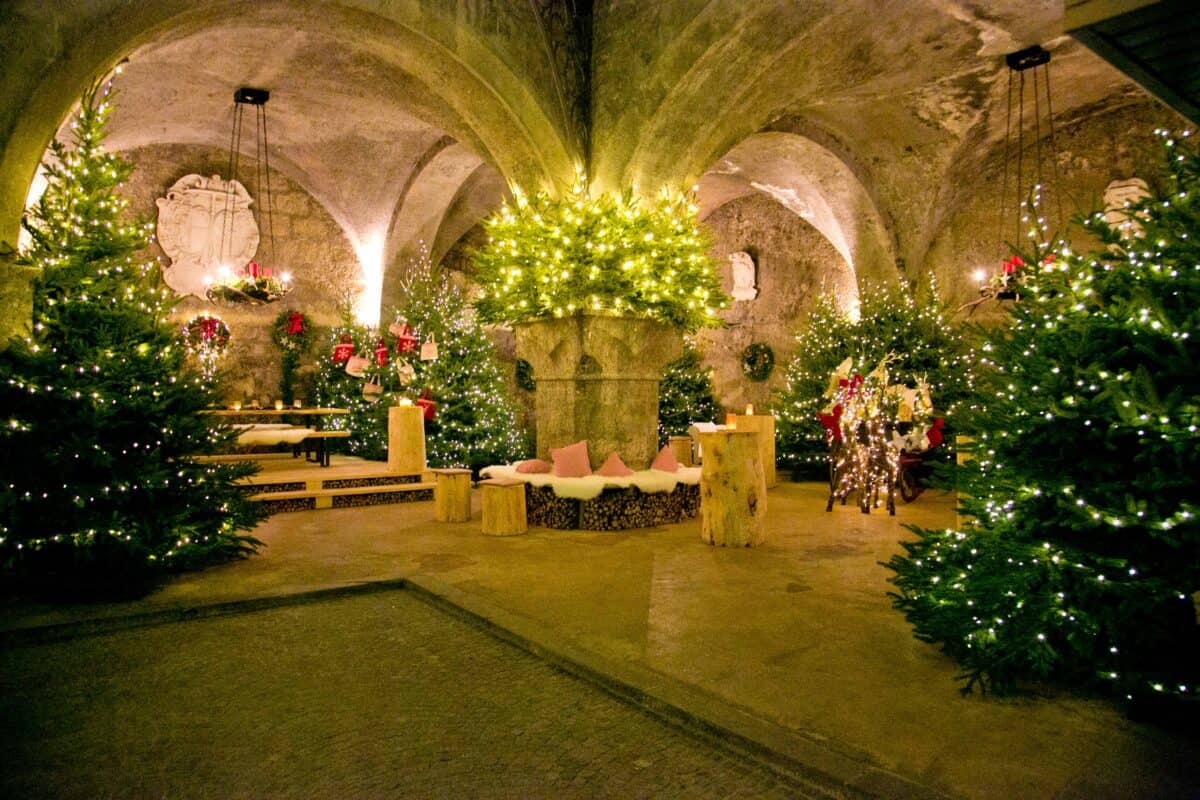
Staffelter Hof (862 A.D.)
If the oldest wines are the best, then Staffelter Hof should have some of the finest. While it’s unlikely they have vintage bottles from 862 A.D., the winery’s current 4.8-star rating on Google attests to its quality.
The winery originally belonged to an abbey, but, for the last 7 generations, one family has been at the helm. Jan Matthias Klein is the current winemaker. However, his father, Gerd Klein, still makes Instagram appearances to educate his followers about wine.
Today, visitors have the opportunity to indulge in wine tastings and learn about the organic grapes grown on-site. And for the most dedicated wine enthusiasts, there’s an option to rent an apartment on the premises for several nights. With some apartments accommodating up to 6 people, this is a popular option for groups of friends.
While every season has its advantages, we recommend visiting Staffelter Hof from Spring until late Autumn. This is the time of year when you can witness the growth cycle of the vine. However, you may encounter smaller crowds in the off-season.
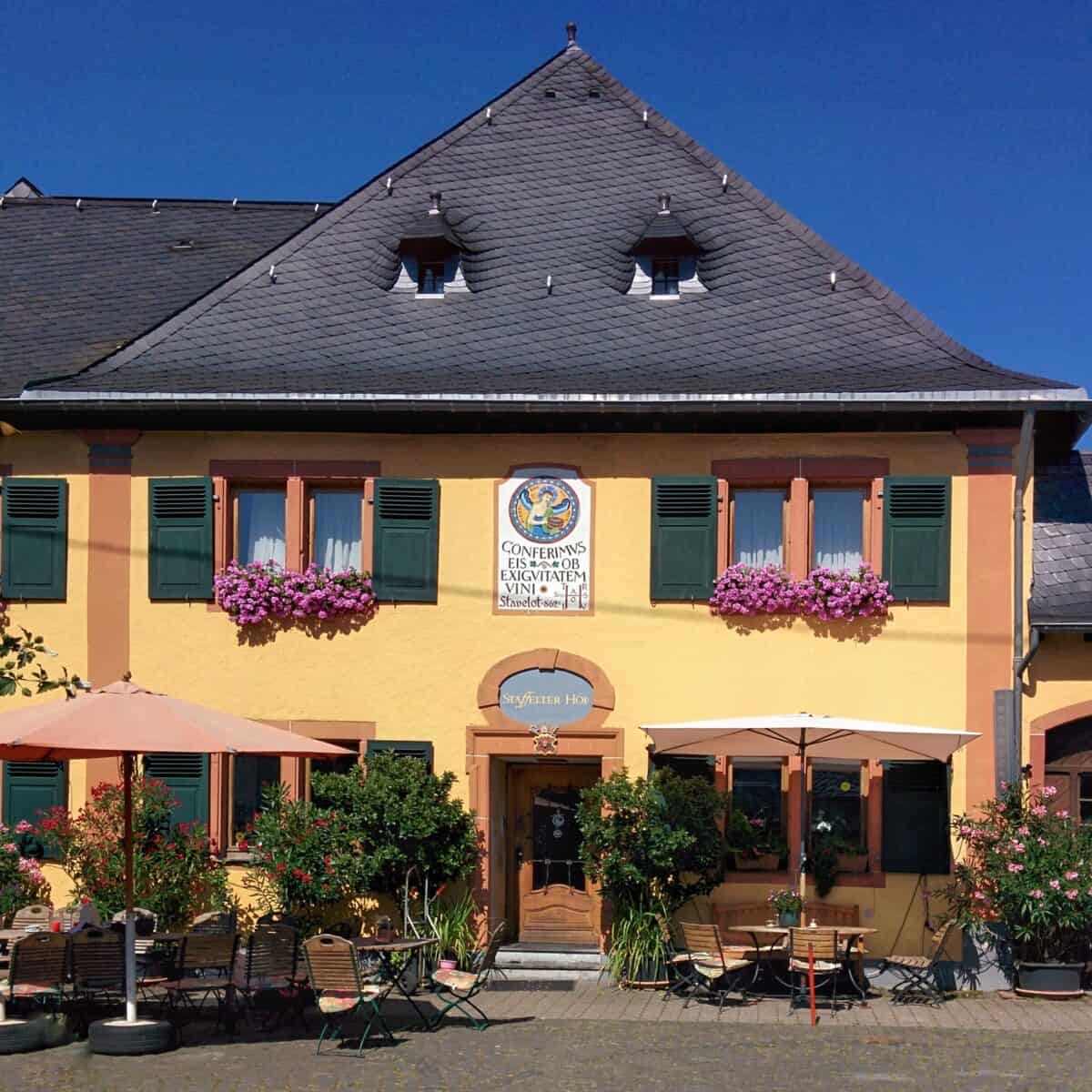
The Royal Mint (circa 880 A.D.)
The Royal Mint made its first silver coin in 880, beginning with the face of Alfred the Great. Since then, coins have featured monarchs and also iconic figures like Shakespeare and Winston Churchill.
Each year, The Royal Mint hosts an independently verified quality check of its coins in a ceremony known as the Trial of the Pyx, a practice that dates back to the year 1282. Although today’s technology enables The Royal Mint to produce consistent coins, the verification process held more significance when human hands weighed and hammered the coins.
With coin usage dropping due to the rise of electronic payment methods, The Royal Mint has shifted its focus towards the collectible coin market.
In the 1200s, The Royal Mint was located within the Tower of London but has since moved to Llantrisant, Wales. To visit and learn more about The Royal Mint and its historic coin collection, tours are available.

Sean’s Bar (900 A.D.)
Bartenders have been serving beer at Sean’s Bar in Ireland since the 10th century. It began as a rest stop for travelers trying to cross a nearby river and a town gradually developed around it.
Outside, a plaque that reads “Listed in Guinness Book of Records” hangs above a red door that beckons in clientele who come to enjoy live music and craic 7 nights a week. Other than some framed artifacts, the bar maintains a modern Irish ambiance.
Unlike most of the oldest companies on our list, the ownership of Sean’s Bar didn’t transfer through family connections. There have even been reports that Boy George once owned the bar, although these remain unconfirmed.
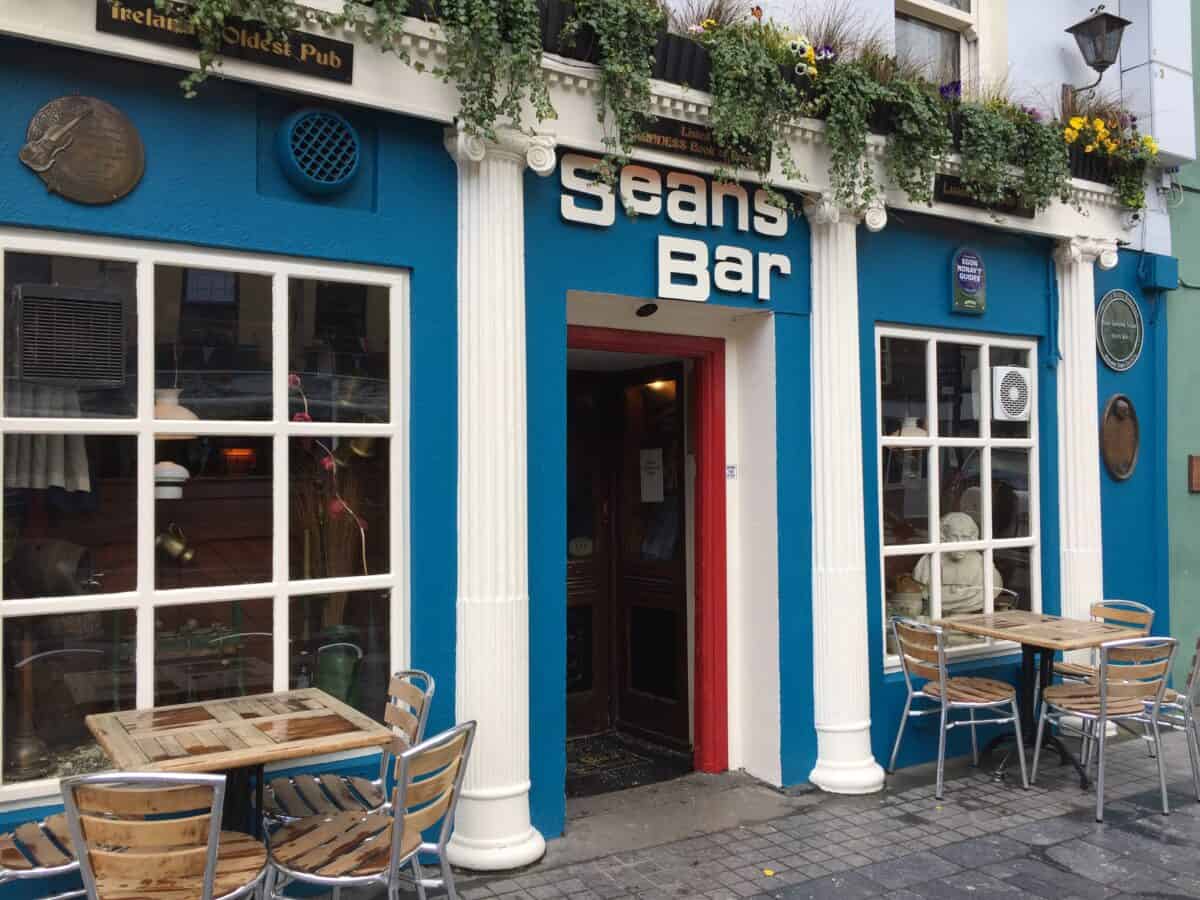
The image featured at the top of this post is ©Serge Ottaviani / CC BY-SA 4.0 .
